Personal Work: Echo Chamber
AR Exploration of Social Media Dynamics
This project is an immersive augmented reality (AR) experience designed to illustrate the Echo Chamber effect, a media theory phenomenon prevalent in today's social media landscape.
It's an environment where individuals encounter amplified echoes of their own beliefs, leading to a harmonized but isolated community of like-minded voices, often disregarding outside perspectives and reinforcing their own narratives as the sole truth.
During my tenure as a personal experiential designer, I created the 'Echo Chamber' AR project, a critical examination of media theory that challenges the digital echo chambers. I was responsible for the entire visual stage, crafting an immersive experience that questions our online interactions.
Echo Chamber
In the context of social media, an echo chamber is akin to a resonant room where sounds are repeated, creating a reverberation of similar thoughts.
This digital echo chamber breeds confirmation bias, a collective inclination where individuals see and believe only what aligns with their preconceived notions, ignoring differing views, thus fostering polarization and the spread of misinformation.

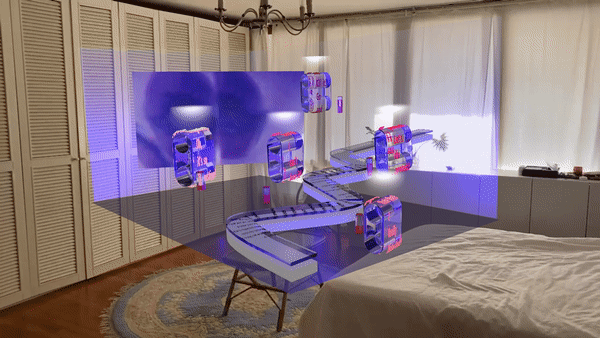

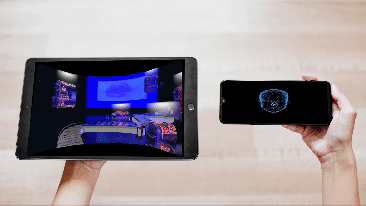
Project Overview:
About
AR Experience Interface
Echo Chamber is an augmented reality (AR) interaction experience that encapsulates the phenomenon of social media echo chambers.
This project illustrates how users become ensconced in digital environments that echo their beliefs, leading to a reinforcement of ideas without exposure to differing perspectives. The experience aims to reflect and critique the homogeneity and radicalization of opinions in today's online social spheres.
Duration: 2022
AR Interactive Application
The "Echo Chamber" AR app is a service that lets users enter a virtual space where they encounter opinions similar to their own. Using AR and AI, the app shows how social media can create isolated spaces of shared views. It aims to make users think about the impact of these spaces on public discourse.
Background:
Research & Idea Development
Agenda Setting and Fake News
The phenomenon of the echo chamber is deeply rooted in the principles of Agenda Setting theory, which posits that media has the power to shape public perception by highlighting certain issues.
This is supported by McCombs and Shaw's assertion that media can make the public perceive particular issues as more important. Lippmann, an influential journalist, and Lang & Lang's research further emphasize the media's role in influencing what the public thinks about, leading to a unified public agenda. The pertinence of this theory is exemplified in the modern issue of fake news, which is now more pervasive and disruptive than ever before.
Fake news thrives on the lack of trust in experts and the mass production of misinformation, facilitated by over 3 billion internet users who can publish content with ease. My project explores the resulting polarization and the role of social media platforms in perpetuating this cycle, where users become entrenched in their beliefs and resistant to alternative viewpoints.
Echo Chamber Effect and Filter Bubble
The development of the Echo Chamber Effect in digital spaces is a critical aspect of this research. Social media platforms allow individuals to converse and share content within insulated echo chambers, reinforcing their existing beliefs and excluding dissenting views.
This is closely related to the Filter Bubble effect, where algorithms tailor content to individual preferences, further narrowing the worldview of users.
My project investigates how these phenomena contribute to a narrowed perspective and how related products like the Amazon Echo Show speaker, despite their convenience, can inadvertently reinforce these echo chambers.
The critique of these phenomena in my project is twofold:
First, examining the role of hearing aids or voice navigators that create a monologue rather than a dialogue, leading users to only encounter reaffirming views.
Second, understanding how these technologies can foster a metaphorical deafness to diverse perspectives and unfamiliar ideas, potentially leading to a more polarized society.
Media Theory Reseach
The foundation of the Echo Chamber project lies in the study of media theory and the recognition of confirmation bias within digital social networks.
It draws from concepts of development of Media Effect theories, from Agenda Setting theory to Filter Bubble Effect theory, and extends to explore the mechanisms of fake news dissemination and the entrenchment of beliefs.
Design Features:
Scene 01: Reflection of Self
The journey begins in a space where the environment mirrors the user's own sentiments. As they look around, the room acts as a canvas reflecting their personal thoughts and opinions back at them.
This immersive scene is designed to make the user aware of their own echo within the digital chamber, resonating with words and ideas they frequently encounter or express online.
Scene 02: Entrance into Conformity
The user is then drawn towards a chamber that seems to resonate with their mindset.
As they enter, this space symbolizes the seamless transition into an echo chamber, where the walls echo back the user's perspectives, reinforcing their existing beliefs without challenge or dispute.
Scene 03: Amplification of Echoes
In this scene, the conformity of opinions becomes visually manifest.
Various other voices and comments, similar to the user's own, appear in the space, creating a spectrum of agreement that ranges from echoes of affirmation to more radical, amplified statements, highlighting the progression of reinforced ideas.
Scene 04: Metaverse of Echoes
The final scene transitions the user into a fully-realized metaverse, where the abstract concept of an echo chamber is given form.
Here, the user experiences the tangible mechanism of media influence, with streams of data and opinions flowing through a visually rich and complex digital environment, illustrating the potential for manipulation and the pervasive nature of the echo chamber effect.
Holistic Design Concept
The Echo Chamber AR experience is crafted as a real-time narrative that guides users through a series of interactive scenes.
It mirrors the user's journey through the metaphorical echo chambers of social media, engaging with the nuanced ways in which our views are reflected and reinforced.
Detailed Core Feature
This project includes four narrative transition.
Each scene in this AR experience is crafted to take the user deeper into the understanding of the echo chamber effect, using the power of interactive, immersive design to convey the complexities and critical points of social media's influence on personal and collective thought.
Design Process:
Tools
Utilizing Cinema4D's robust capabilities, I translated these idea sketches into an interactive AR experience.
Especially its motion tracking and 3D tools were key in animating the concept into a responsive environment, where users physically and virtually navigate through a series of echo chambers, each intensifying in echo and bias.
With additional fluidity of the After Effect animation and the precision of the 3D environment building function enabled a highly engaging and lifelike AR simulation, which is pivotal in conveying the subtle nuances of the Echo Chamber project.
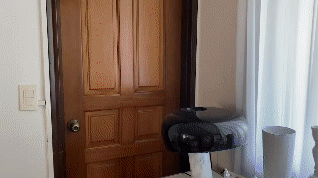
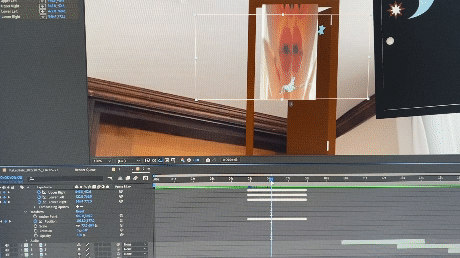
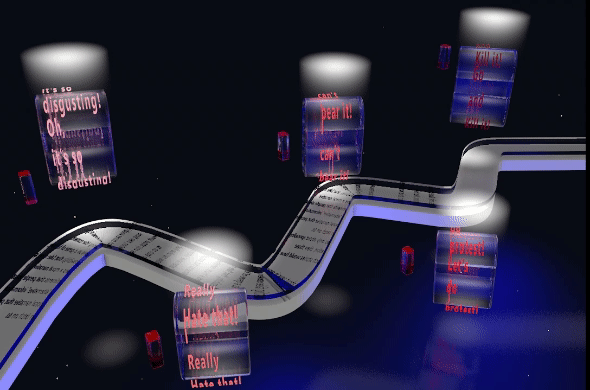
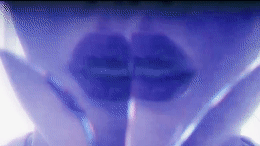
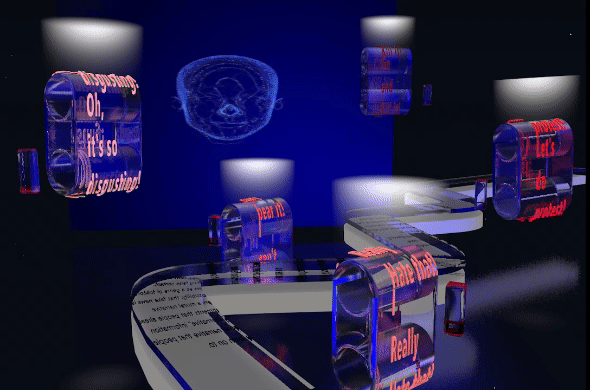
Ideation Development
Initial Concept and User Engagement
The process began with conceptual sketches, illustrating the user's initial interaction with their phone, voicing personal opinions into the digital void.
This represents the first touchpoint of the experience, where users begin their journey into the echo chamber, unaware of the isolation that ensues from one-sided conversations.
Navigational Prompts and AR Integration
Subsequently, the Echo Navigator, a lip-shaped interface, guides users through the AR experience.
The Navigator appears with a prompt, inviting users to scan their lips, symbolizing a gateway into the personalized echo chamber journey.
Metaverse Transition and Propaganda Dynamics
The storyboard progresses into the Echo Chamber Metaverse, where users encounter rooms that represent escalating stages of agreement and radicalization.
The sketches depict a series of messages, from mere echoes of one's thoughts to propaganda-like calls to action, showcasing the intensifying nature of content in echo chambers.
Doorway to Amplified Echoes
Each 'door' in the storyboard signifies a deeper level of engagement within the echo chamber.
Door 1 starts with simple agreement
Door 2 presents more pronounced echoes
Door 3 shows a collective agreement leading to action
Door 4 represents extreme views, emphasizing the severity of polarization.
AR App Sevice Blueprint
Insights
Reflecting on the Echo Chamber project, it's evident that augmented reality offers a unique and powerful medium to explore and critique modern social phenomena. This project served as a stark visual and interactive metaphor for the echo chambers that pervade our digital landscapes, demonstrating how technology can both isolate and amplify our biases.
The progression through the metaphorical 'doors' of the experience highlighted the journey from simple agreement to potential radicalization, mirroring the intensity and potential dangers of social media echo chambers.
The use of AR, particularly through the detailed and thoughtful storyboarding process, allowed for a deeper examination of how users engage with and are influenced by repetitive narratives. It underscored the importance of diverse perspectives and the need for digital literacy in an age where information consumption is often unchallenged and one-sided.
This project was not just a technical achievement through the use of Cinema4D but also an introspective look at the consequences of our AR digital echo chambers. It serves as a reminder of the value in seeking out varied viewpoints and engaging in open, constructive dialogue to broaden our understanding and mitigate the polarization that can arise in closed communication loops.




